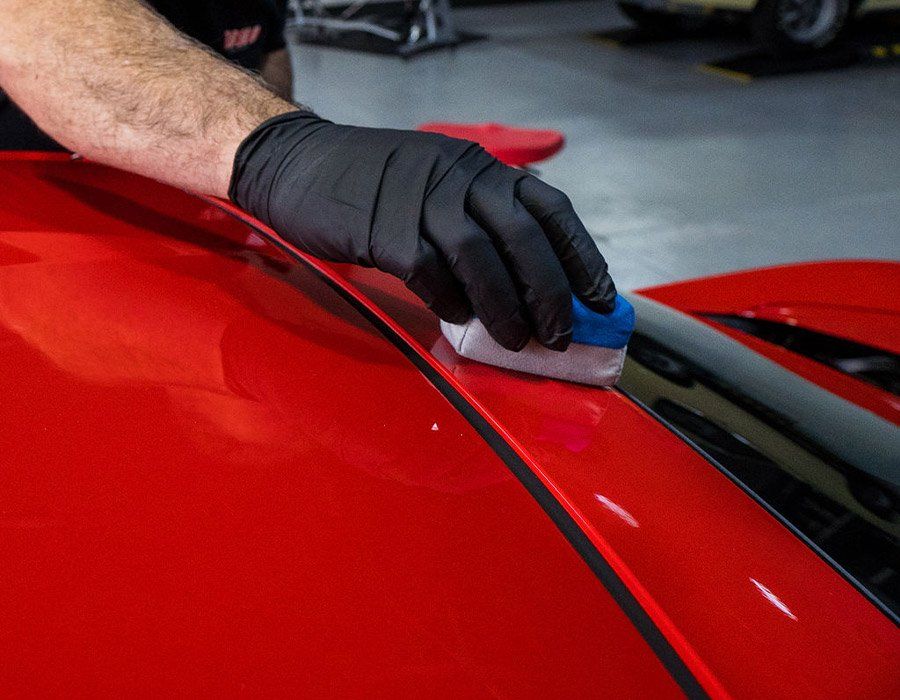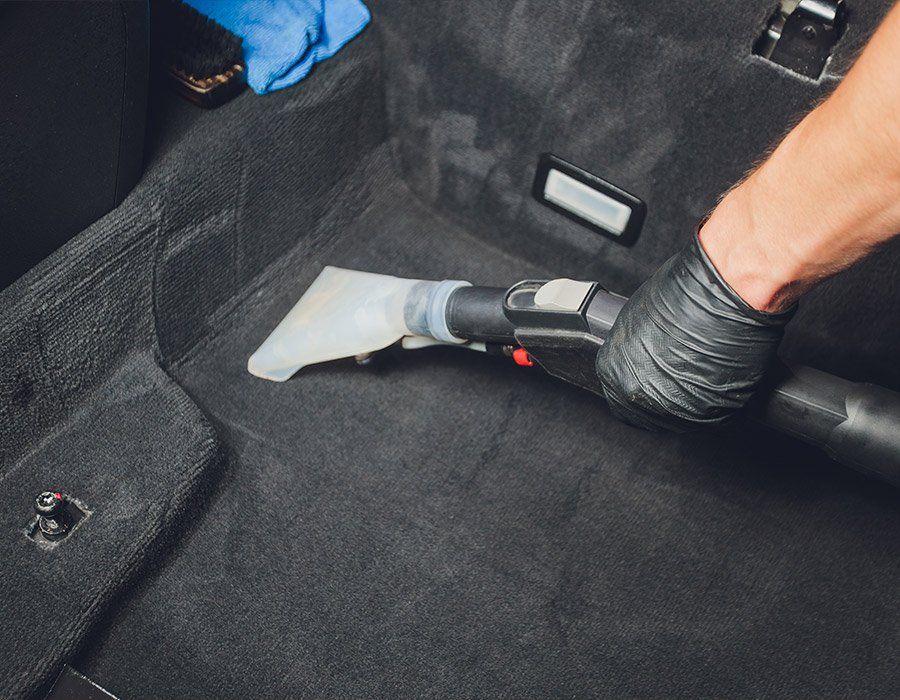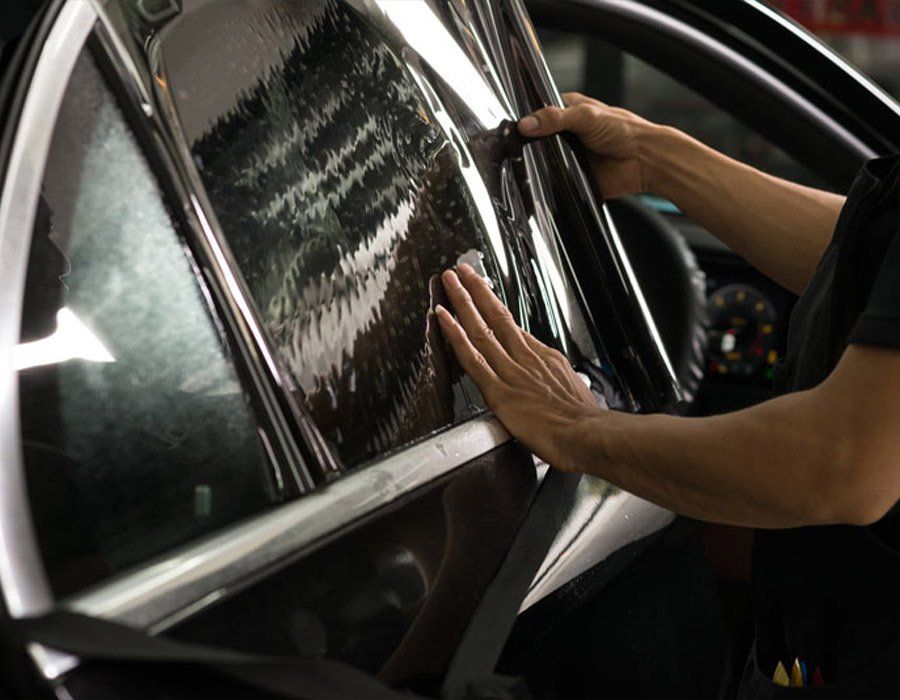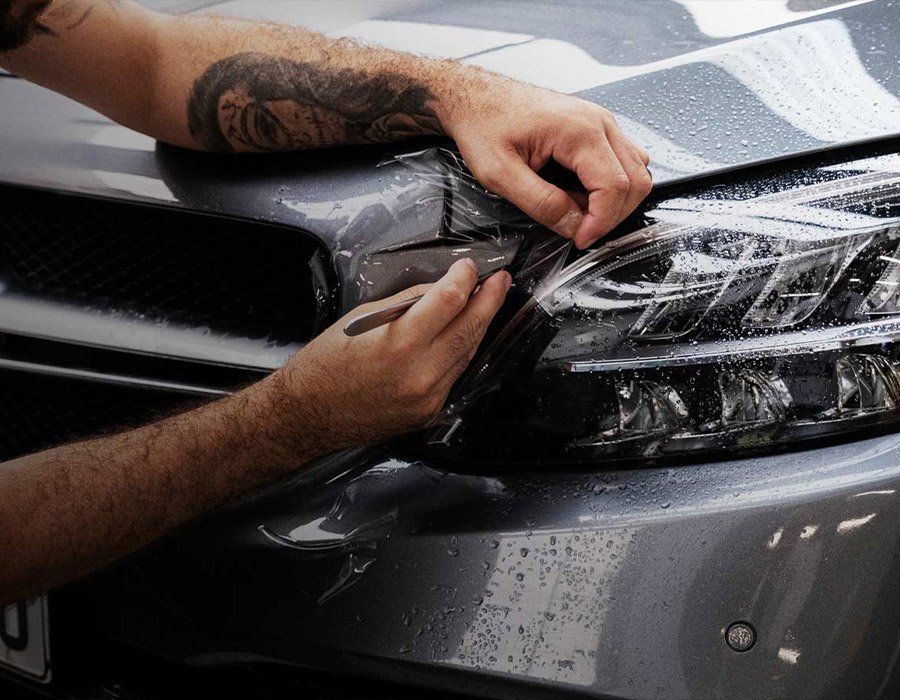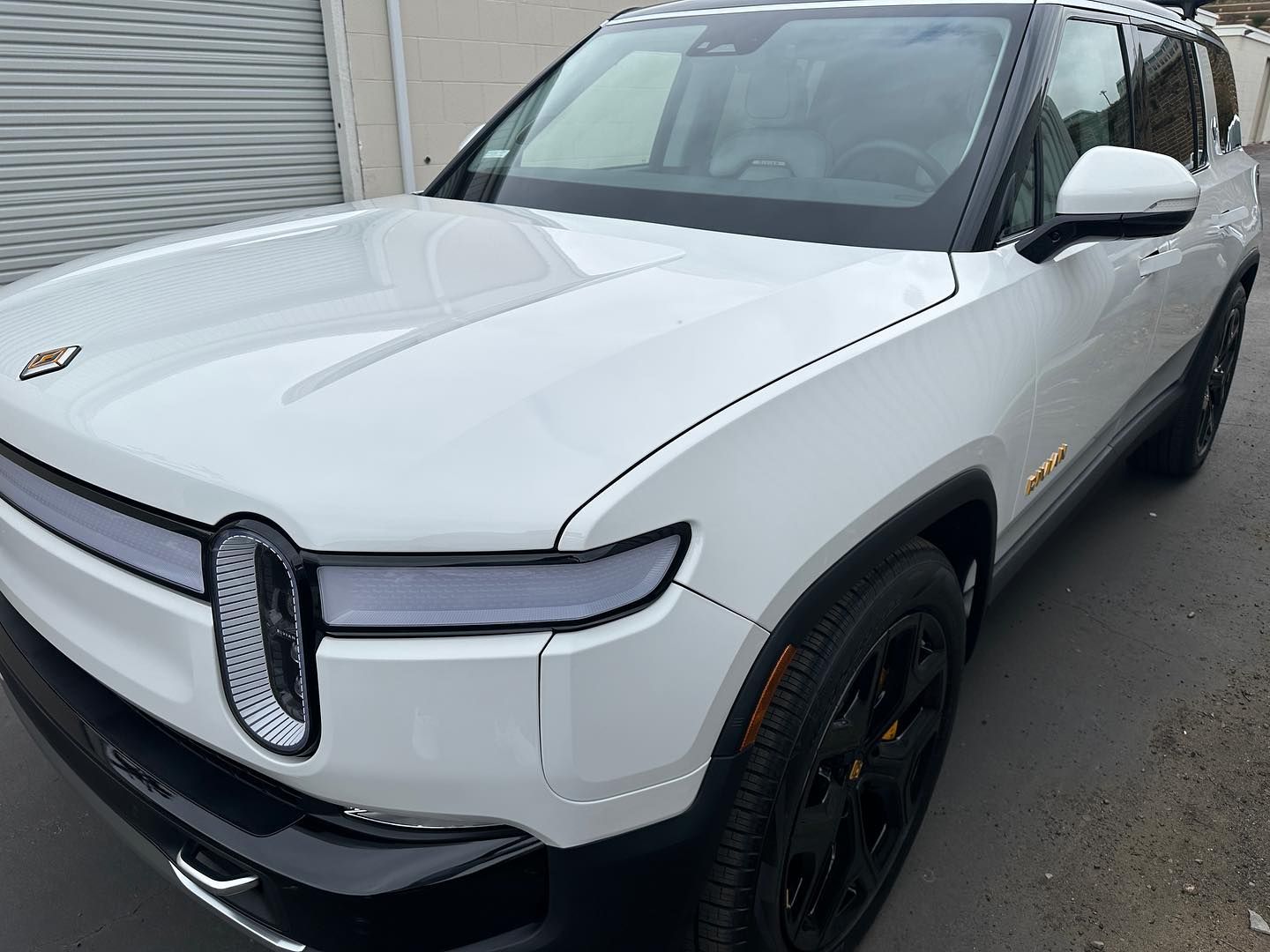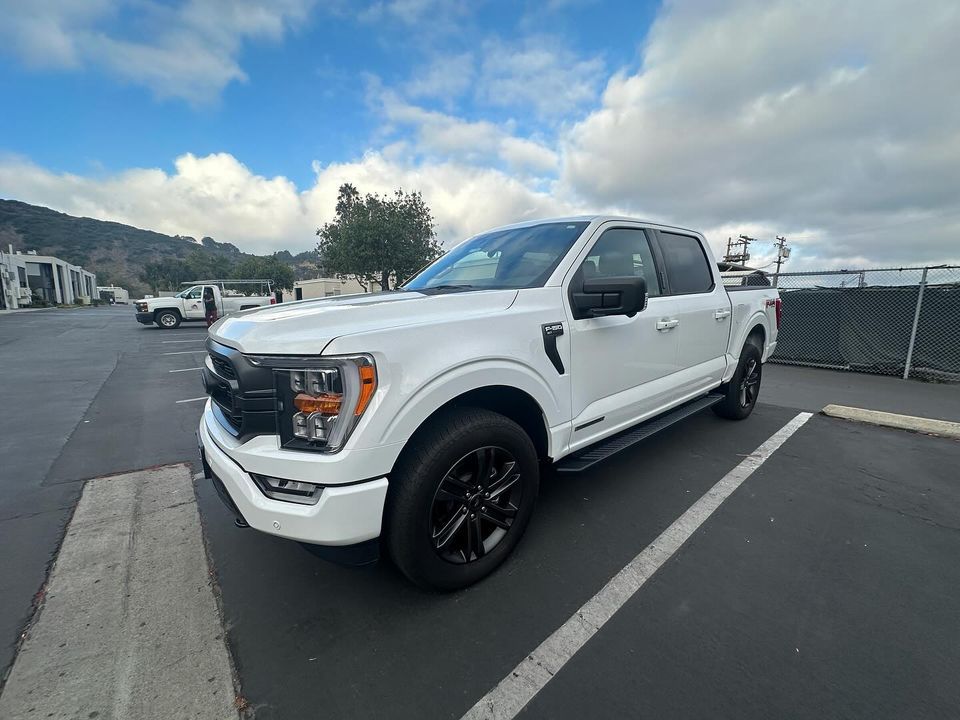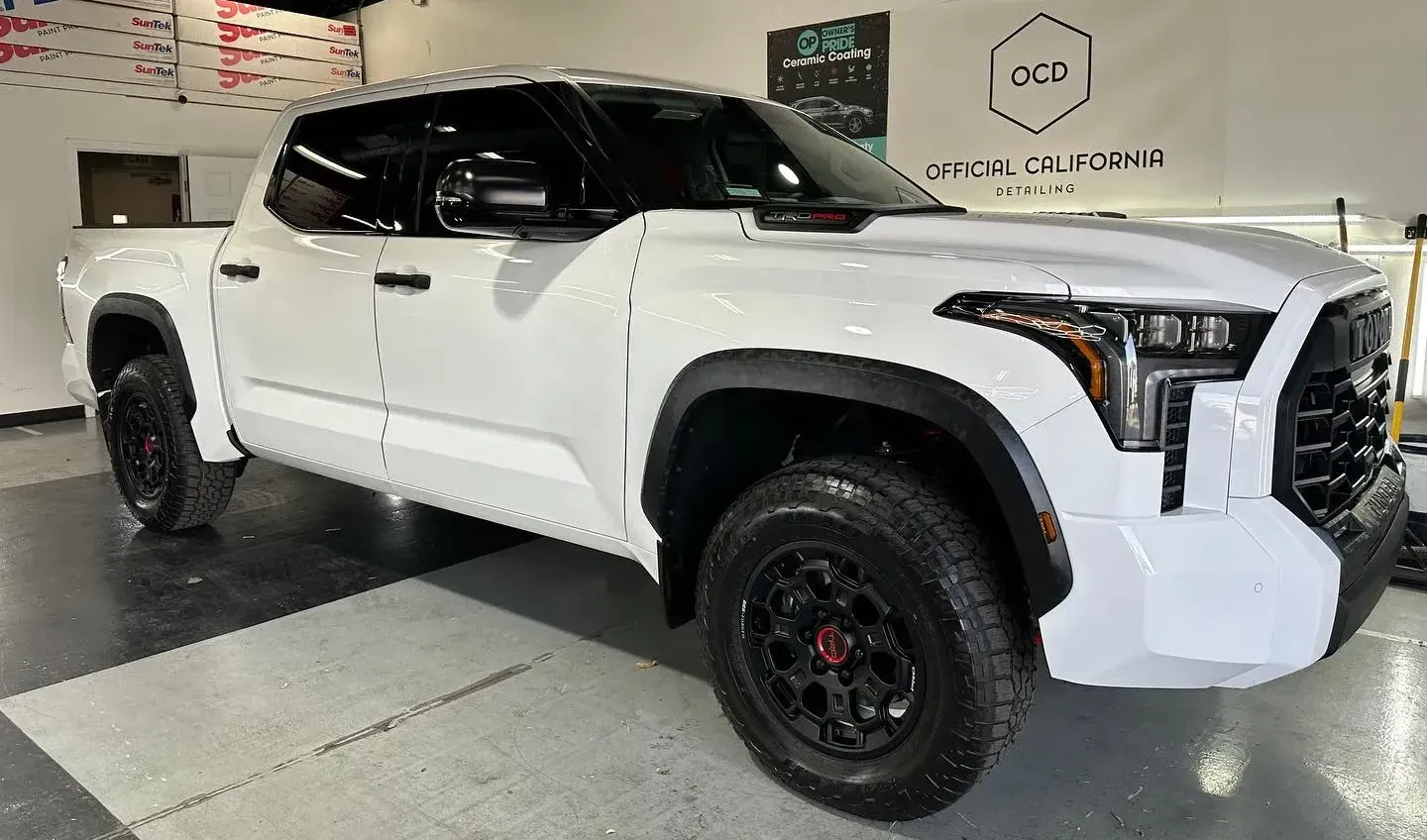Official California Detailing Blog
Does Car Window Tint Reduce Heat? Exploring the Benefits and Effectiveness
(619) 760-4962 GET A QUOTE NOWAs temperatures heat up, car owners seek out ways to keep their vehicles cool and comfortable. A popular solution is window tinting; not only can it enhance the aesthetic appeal of your vehicle but it can also promise numerous practical advantages. But does window tint actually reduce heat? In this blog post, we investigate the science of window tinting's ability to reduce interior temperatures, different types of tint work and their impact, investing in professional window tinting as a smart decision both in terms of comfort and protection, and uncovering its true role against summer heat!
Does Car Window Tint Really Reduce Heat?
As we now know, car window tinting is not just about adding a dark layer to your windows. It's about creating a shield that protects you from the sun's harmful rays and keeps your car cooler on hot days. The significant portion of the sun's infrared radiation blocked by the tint reduces the amount of heat that can enter your vehicle.
Users have also confirmed this cooling effect by saying that tinted cars do feel noticeably cooler, even when it is very hot outside. Far beyond just aesthetics, car window tints are instrumental in keeping your vehicle comfortable in sunny climates while protecting its interior from the damaging effects of prolonged exposure to heat and sunlight.
The capacity of premium window tints to significantly reduce heat within vehicles has been widely demonstrated through scientific studies and user reports. The significant reduction in interior temperatures achieved by high-quality tints demonstrates their effectiveness in creating a more comfortable and enjoyable driving experience, especially in hot weather.
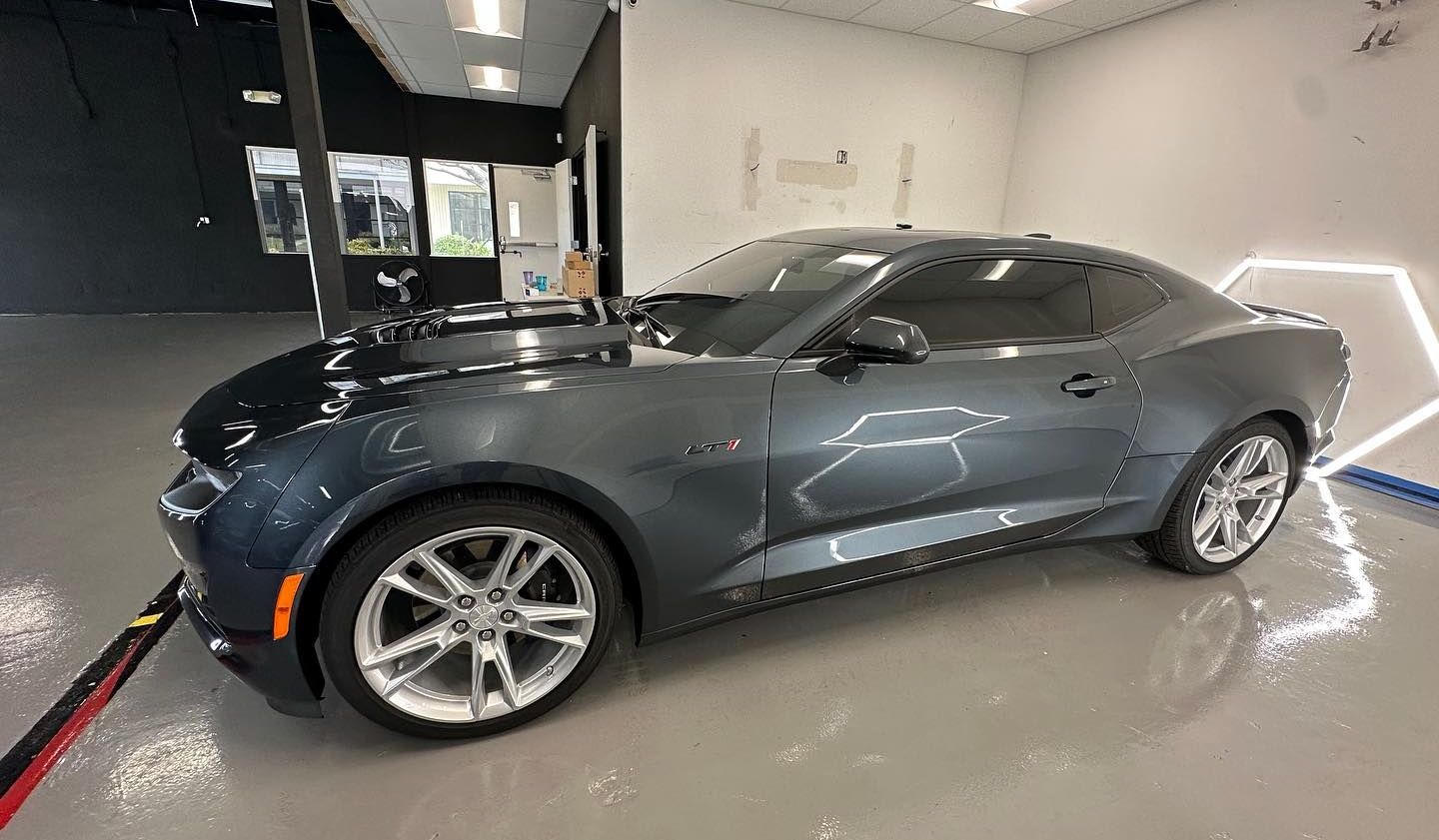
Comparing Tinted and Untinted Windows
When you compare two cars side by side—one with tinted windows and one without—it quickly reveals noticeable differences. Tinted windows are designed to significantly reduce the amount of heat that enters a car, making a remarkable difference in the comfort level of the vehicle's interior.
High-quality solar rejection tints can create a temperature difference of over 20°F between tinted and untinted cars. On a scorching hot day, the interior of a car with tinted windows can be much more bearable than one without. Additionally, tinted windows effectively reduce glare, making it easier and safer to drive in bright conditions, especially during sunrise or sunset, when glare can be particularly challenging for drivers.
It's important to note that window tints not only block out thermal rays but also act as a filter that blocks certain wavelengths of radiation that create heat while still allowing natural light to pass through. The amount of heat window tint can block varies depending on the type, shade, and quality of the tint.
UV Ray Blocking Properties of Car Window Tinting
When we talk about window tinting, we're not just discussing reducing glare or enhancing privacy. One of the most significant benefits of window tint is its ability to block harmful UV rays. These rays can cause more damage than you might think, both to your skin and to your vehicle.
Let's consider the human aspect first. UV rays can harm our skin, leading to issues like sunburn, accelerated aging, and even skin cancer. Prolonged exposure to UV rays while driving can put you at risk, especially in areas with intense sunlight. This makes it crucial to protect yourself from these harmful rays while inside your car. Window tints are designed to block up to 99% of these harmful UV rays, providing necessary protection during your travels.
UV rays can also damage your car's interior over time. The sun's powerful rays can lead to fading and cracking of the dashboard, seats, and other interior surfaces. You may have seen cars where the dashboard starts to look worn out and discolored - that's the UV rays at work. Window tint acts as a shield against this, prolonging the life and maintaining the appearance of your vehicle's interior.
Skin Cancer Prevention
Apart from interior damage, the impact of UV rays on health cannot be overstated. Skin cancer is a serious concern, and prolonged exposure to UV radiation increases the risk. By blocking out harmful UV rays, window tints play a vital role in protecting you and your passengers from potential health risks caused by sunlight exposure during long drives or regular commutes.
Imagine driving under the scorching sun with no protection against harmful UV rays. Your skin takes in a substantial amount of sun exposure, even when you're inside your car. With high-quality window tints, you significantly reduce this risk every time you hit the road.
Benefits Beyond Heat Reduction
Apart from reducing heat and blocking harmful UV rays, tinted windows also offer several other significant advantages. One standout benefit is enhanced privacy and security. Darker windows make it more challenging for an outsider to see the vehicle's interior, serving as a theft deterrent. Certain types of tints even have a safety feature - in case of an accident, they can hold shattered glass together, ensuring a higher level of safety.
In addition to increased privacy and safety, there's another notable benefit, which is improved fuel efficiency. By keeping your car cooler, tinted windows can reduce the need for air conditioning, resulting in greater fuel efficiency.
When your car's interior is cooler due to tinted windows effectively blocking thermal rays and UV light, you'll find that you are less reliant on air conditioning. This reduced use of air conditioning puts less strain on the engine, which leads to improved fuel economy over time. As fuel efficiency improves, so do the cost savings associated with reduced fuel consumption.
By considering these additional benefits, window tinting not only holds significant practical value but also provides added comfort and peace of mind for drivers and passengers alike.
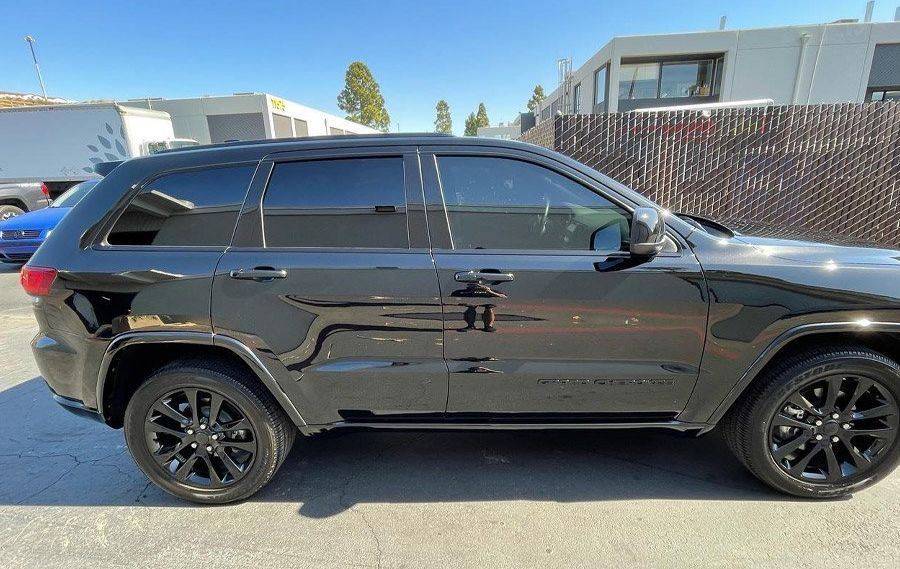
Different Types of Tint Films
When it comes to choosing the right window tint for your vehicle, understanding the different window tinting types available is crucial. Each type offers distinct benefits and drawbacks, so let's break it down into three popular categories: dyed, metalized, and ceramic tints.
Dyed Tint Films
Dyed window tint is one of the most common options due to its affordability and ability to reduce glare. It works by absorbing solar heat, thus helping to keep the interior of your car cooler. However, dye-based tints may fade over time with exposure to sunlight, leading to a potential loss in their effectiveness and appearance. Despite this drawback, they are still a popular choice for those on a budget.
Metalized Tint Films
Metalized films are known for their excellent heat reduction properties. They deflect heat away from the windows, making them highly effective at maintaining a cooler interior. However, they come with a tradeoff—metalized tints can interfere with electronic signals such as GPS, cell phone reception, and tire pressure monitoring systems. This signal interference is an important consideration for those who rely heavily on electronic devices while on the road.
Ceramic Tint Films
Ceramic tint is considered the premium option among the three types. It offers superior heat and UV protection without causing any interference with electronic signals. Although they come at a higher price point compared to dyed and metalized tints, ceramic films provide exceptional performance and durability. Additionally, they have a non-reflective appearance that maintains the original look of your vehicle's windows.
So when you're considering tinting your windows, it's important to weigh these factors carefully and choose the right type based on your priorities and preferences.
Final Words
Car window tinting is not just about style; it is also an extremely efficient solution for reducing heat inside your vehicle. By blocking solar energy and providing insulation from heat loss through blocking solar energy transmission into your car's interior, window tint helps maintain a cooler interior, increases comfort levels and protects from UV damage, offering many benefits that make professional window tinting worth investing in.
Need to keep your car cool and comfortable this year?
Get in touch with Official California Detailing to learn about our window tinting services, schedule an appointment, and beat the heat all year long! Let us make driving more pleasant than ever before!

